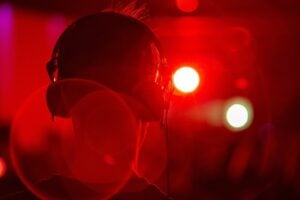brain function
Swedish discovery could lead to new stroke therapy
The only acute treatment for a stroke currently available is thrombolysis. This uses drugs that dissolve the blood clot responsible for the stroke, but it only reaches around 10 per cent of stroke patients in time to prevent lasting damage. For other…
Brain connections break down as we age
ANN ARBOR, Mich.—It’s unavoidable: breakdowns in brain connections slow down our physical response times as we age, a new study suggests.
This slower reactivity is associated with an age-related breakdown in the corpus callosum, a part of th…
Santillan Dies at Duke Hospital
Following a series of tests, doctors at Duke University Hospital determined that Jesica Santillan, 17, meets the criteria for the declaration of brain death. She was pronounced dead at 1:25 pm today (Feb. 22). “All of us at Duke University Hospital are deeply saddened by this,” said William Fulkerson, M.D., CEO of the hospital. “We want Jesica’s family and supporters to know that we share their loss and their grief. We very much regret these tragic circumstances.”
New strategy may protect brain against stroke, Parkinson’s and Alzheimer’s
Federal researchers say they’ve developed several drug candidates that show promise in protecting the brain against damage from stroke, with the potential to fight chronic neurodegenerative conditions like Parkinson’s and Alzheimer’s disease as well.. The drugs, called p53 inhibitors, attack a key protein involved in nerve cell death and represent a new strategy for preserving brain function following sudden injury or chronic disease.

